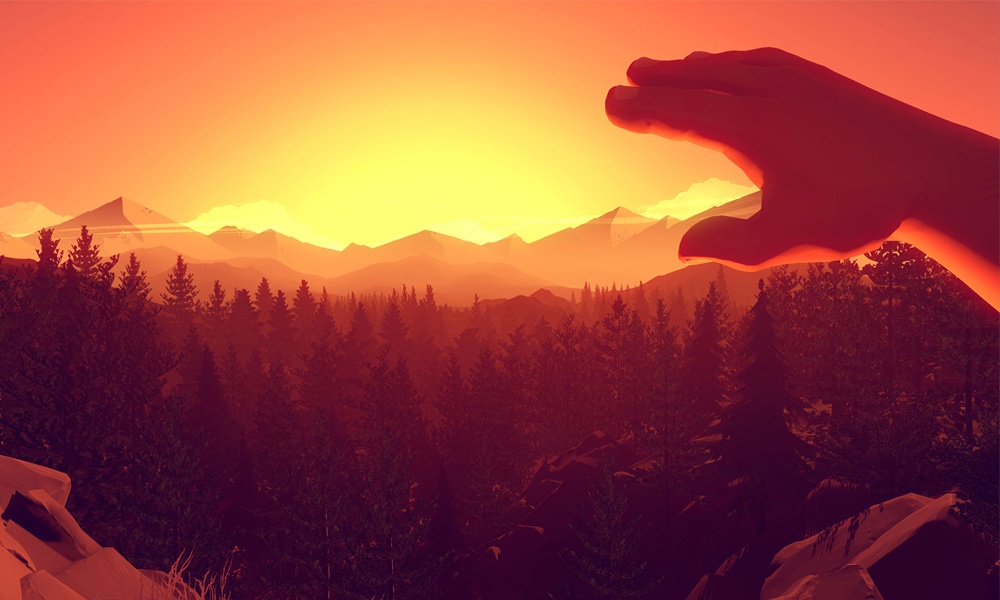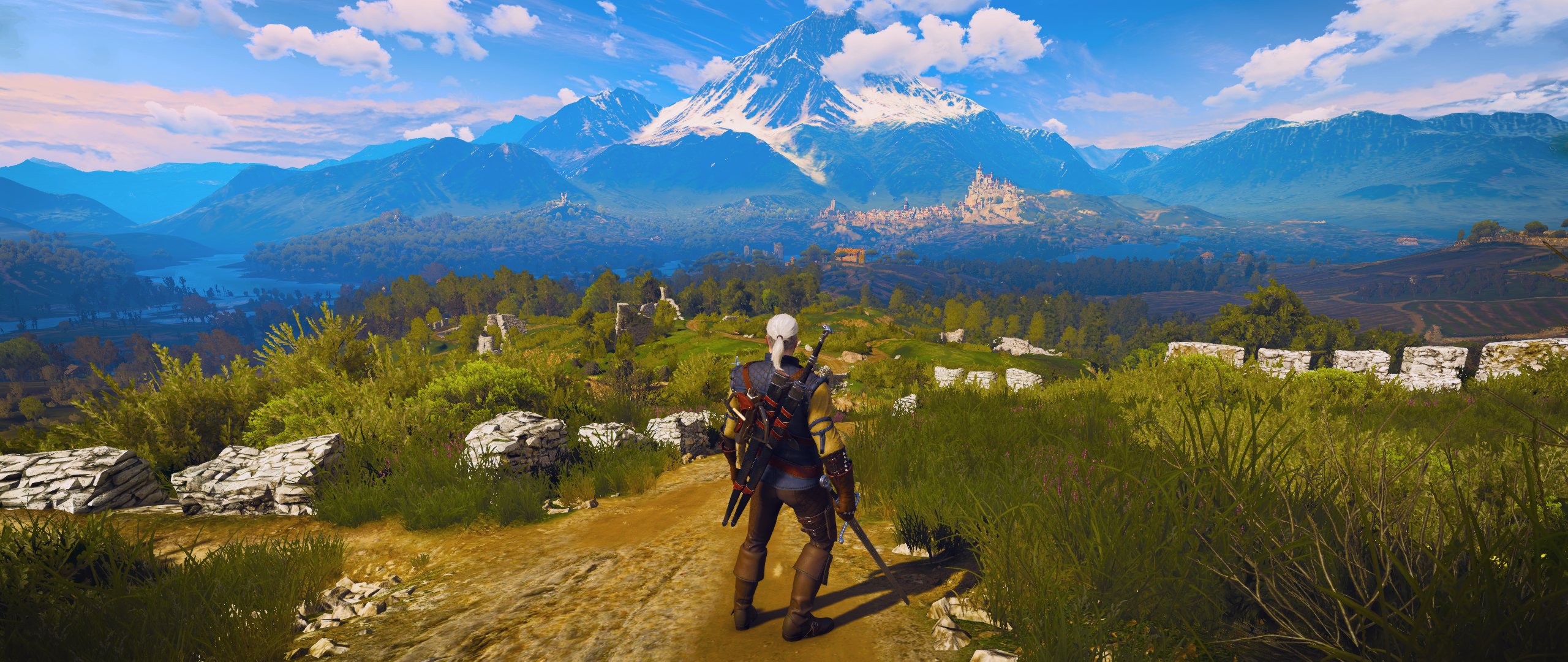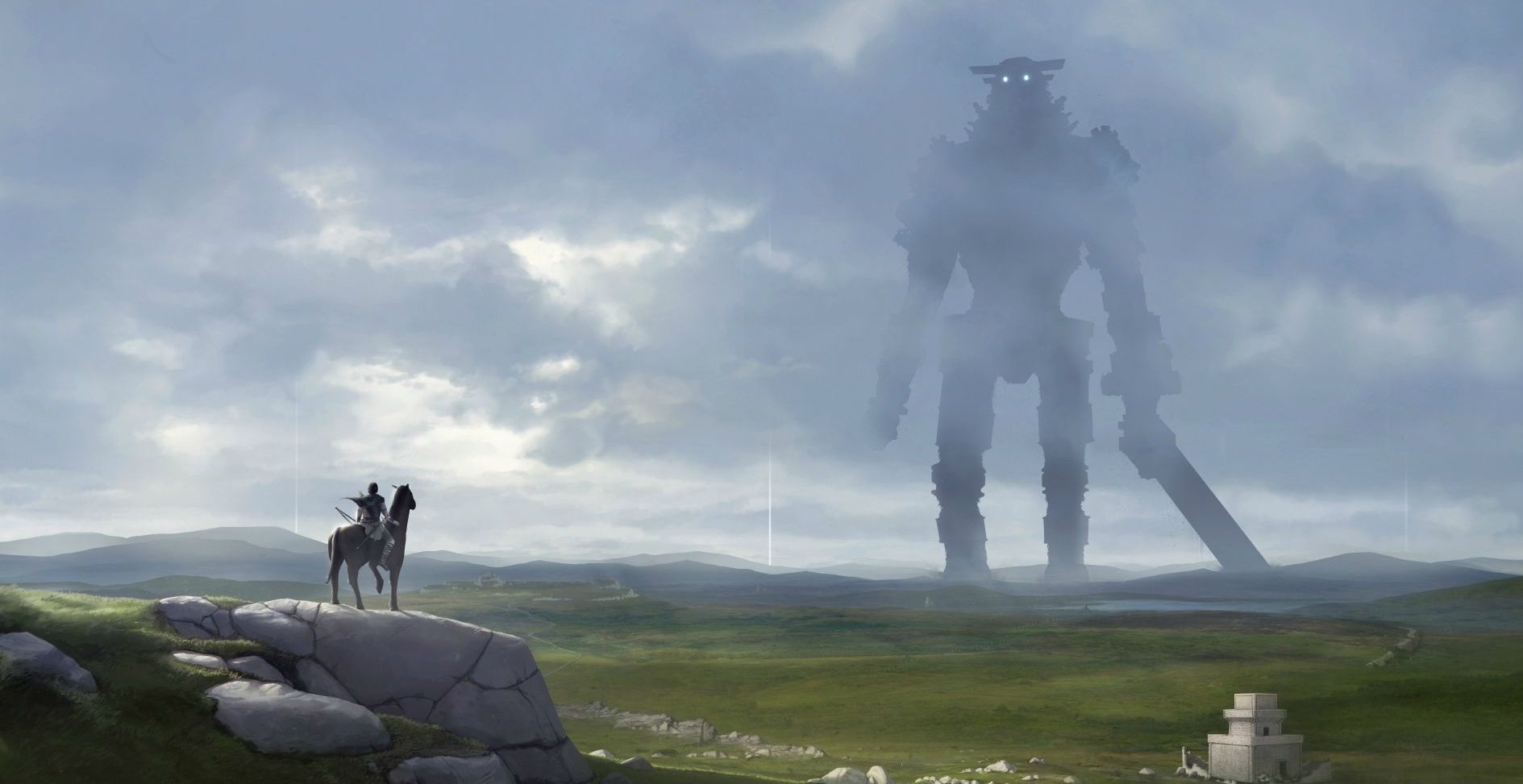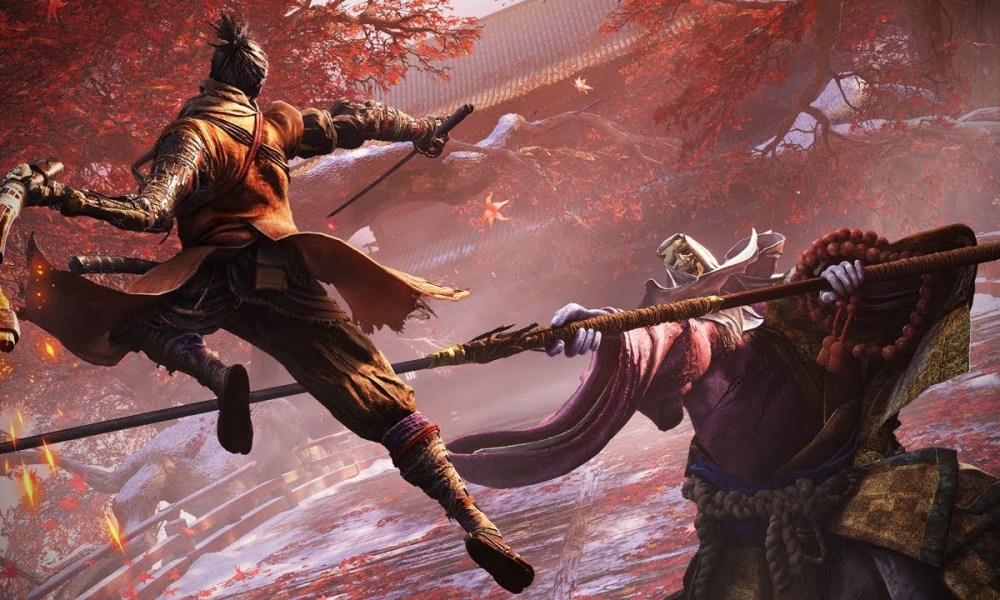Here is some more information about the games above for more context on the games I enjoy:
Firewatch - The story follows a fire lookout named Henry in the Shoshone National Forest, a year after the Yellowstone fires of 1988. A month after his first day at work, strange things begin happening to him and his supervisor Delilah, which connects to a conspired mystery that happened years ago. Henry interacts with Delilah using a walkie-talkie, with the player choosing from dialog options to communicate. His exchanges with Delilah inform the process by which their relationship is developed. The game was directed by Olly Moss and Sean Vanaman, written by Chris Remo, Jake Rodkin, Moss and Vanaman, and produced by Gabe McGill and artist Jane Ng. The game's environment was modelled by Ng, based on a single painting by Moss. The design draws inspiration from New Deal advertisements by the National Park Service and field research conducted in Yosemite National Park.
Ori and the Blind Forest - Ori and the Blind Forest is a 2D platform game. The player controls Ori, a white guardian spirit, and Sein, who is the light and eyes of the Spirit Tree. Ori can jump, climb, and use other abilities to navigate. Sein can shoot Spirit Flames to combat enemies or break obstacles. Ori is required to interact with the environment by jumping from platforms and solving puzzles, and is faced with various enemies. The player helps Ori collect health cells, energy cells, new abilities, and upgrades. The game world unfolds to the player in the fashion of a Metroidvania, with new abilities allowing the player to access previously inaccessible areas.
Witcher 3 - The game takes place in a fictional fantasy world based on Slavonic mythology. Players control Geralt of Rivia, a monster slayer for hire known as a Witcher, and search for his adopted daughter, who is on the run from the otherworldly Wild Hunt. Players battle the game's many dangers with weapons and magic, interact with non-player characters, and complete quests to acquire experience points and gold, which are used to increase Geralt's abilities and purchase equipment. The game's story has three possible endings, determined by the player's choices at key points in the narrative.
Shadow of the Collosus - The game's storyline focuses on a young man named Wander who enters a forbidden land. Wander must travel across a vast expanse on horseback and defeat sixteen massive beings, known simply as colossi, in order to restore the life of a girl named Mono. The game is unusual within the action-adventure genre in that there are no towns or dungeons to explore, no characters with whom to interact, and no enemies to defeat other than the colossi. Shadow of the Colossus has been described as a puzzle game, as each colossus can only be killed by attacking certain weak points which require specific actions to access.
Sekiro: Shadows Die Twice - Gameplay is focused on stealth, exploration, and combat, with a particular emphasis on boss battles. The game takes place in a fictionalized Japan set during the Sengoku period, and makes strong references to Buddhist mythology and philosophy. While creating the game, lead director Hidetaka Miyazaki wanted to create a new intellectual property (IP) that marked a departure from the Souls series of games also made by FromSoftware, and looked to series such as The Mysterious Murasame Castle and Tenchu for inspiration.
Show More
This slideshows photos from games with beautiful art styles and gameplay.
1 / 5





